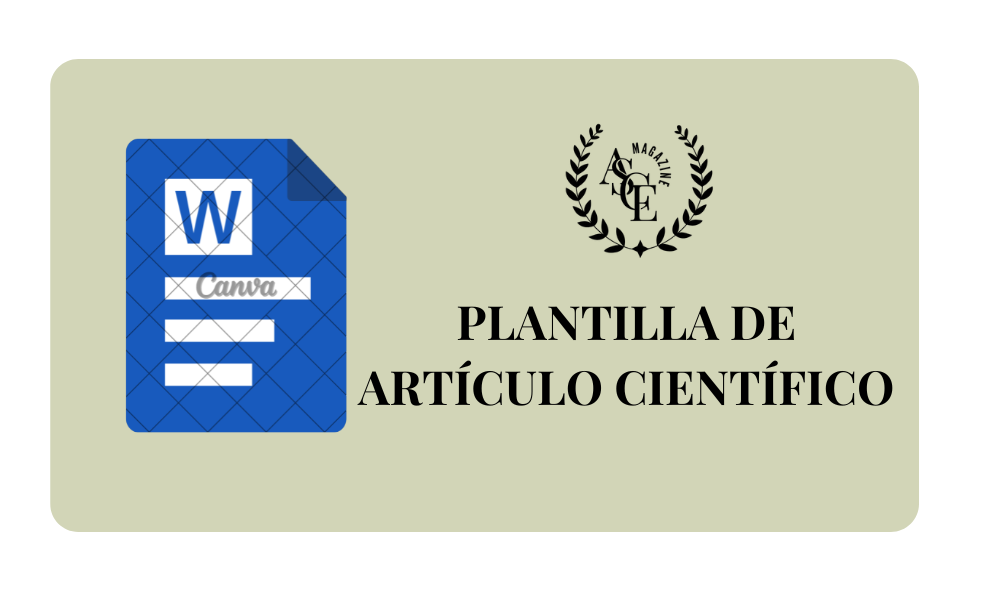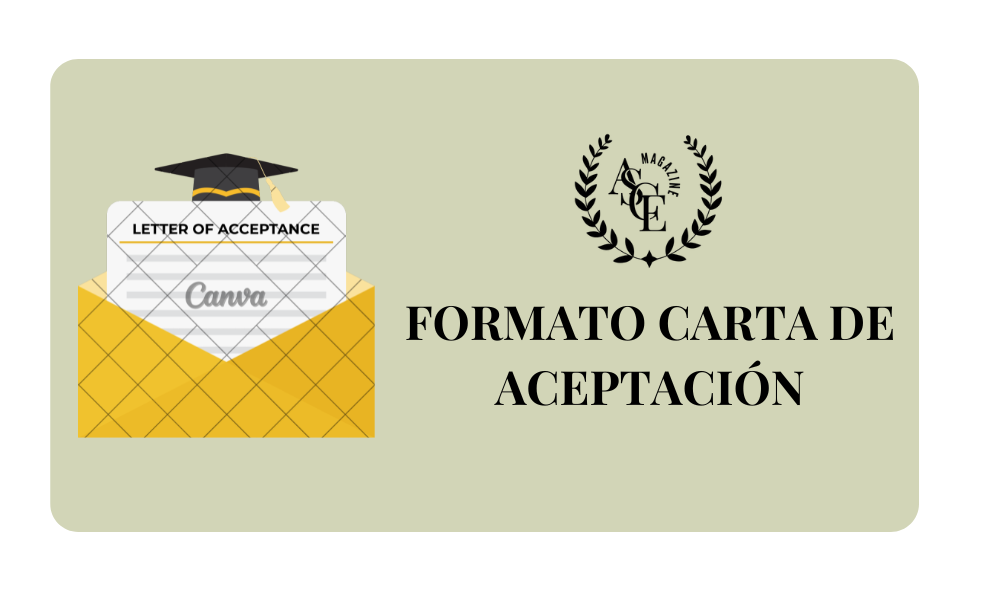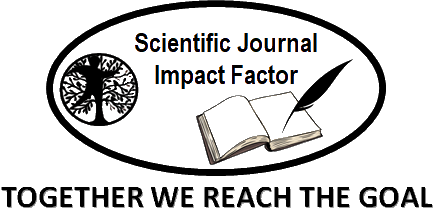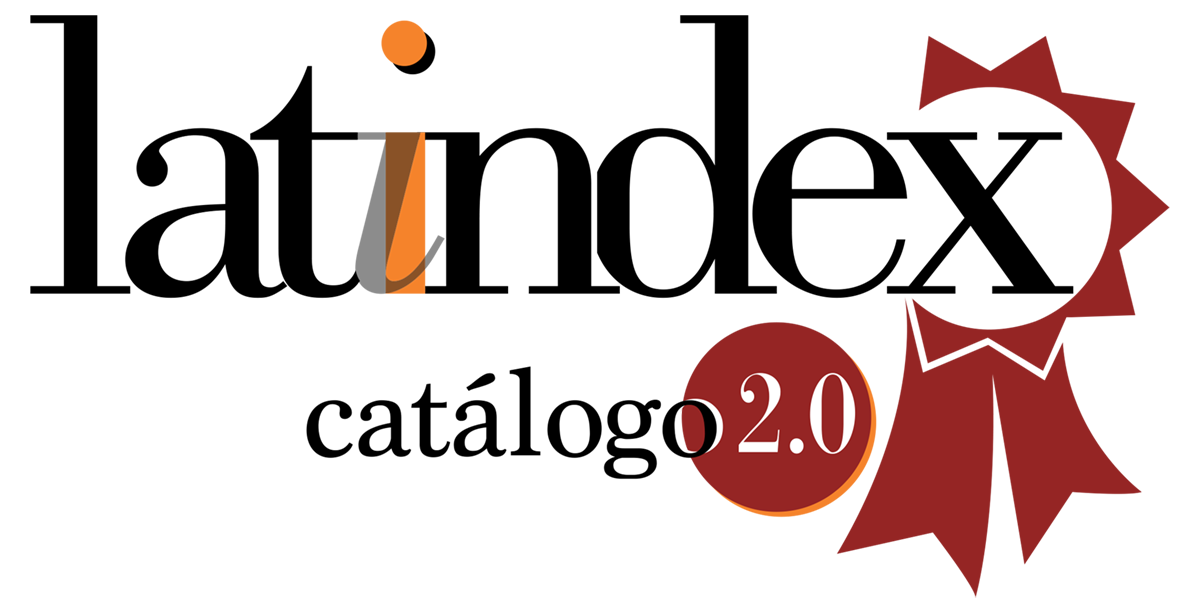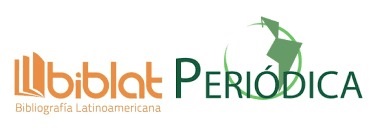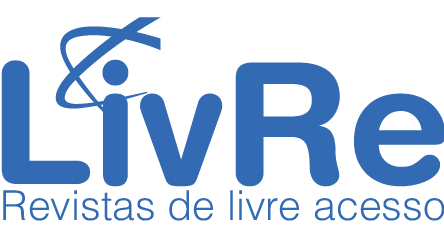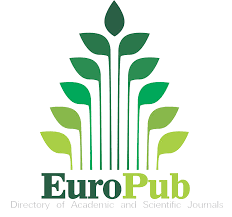Characterization of the public education system in Ecuador: Relationship between the allocated budget and academic promotion
DOI:
https://doi.org/10.70577/asce.v4i4.468Keywords:
School dropout; Ecuador; School enrollment; Education budget; Education systemAbstract
The key to poverty reduction is to consider education as a vital factor for human development. Therefore, the country's education system must be characterized in order to identify a reform aimed at strengthening it. The objective of the study is to characterize the public education system in Ecuador, taking into account the existing relationship between the allocated budget and academic promotion. The data used in the study were collected from the Ministry of Education, Sports and Culture of Ecuador. A quantitative and descriptive study was developed using a critical approach. Historical data were used within the periods 2015-2016 to 2023-2024. Elementary and high school students from public educational units were considered. It was found that there is a high probability (R2 = 0.957) that the number of students enrolled in subsequent academic periods will continue to decline. It was identified that there is no correlation (R2 = 0.095) between the allocated budget and the periods evaluated. The 2015-2016 period was the period in which the most students enrolled, while its allocated budget was one of the lowest. The students who managed to advance to the next level were mostly from the 2019-2020 and 2020-2021 periods, which were 97.91 and 97.52% respectively. Finally, it was determined that when a smaller budget is allocated, the number of students promoted is limited, and vice versa.
Downloads
References
Akai, N., Suetomi, K., Senoh, W., & Mizuta, K. (2014). Analyses of Resource Allocation in Educational Finance (Governance of Educational Finance): From the perspective across all education stages (Japanese). Trade and Industry (RIETI), 99.
Alvarado, R., Requelme, F., Córdova, F., & Medina, M. (2018). La inversión social y su impacto en la pobreza en Ecuador. Revista económica, 7(1), 141-171.
De Silva, L., Chounta, I., Rodríguez-Triana, M., Roa, E., Gramberg, A., & Valk, A. (2022). Toward an Institutional Analytics Agenda for Addressing Student Dropout in Higher Education: An Academic Stakeholders’ Perspective. Journal of Learning Analytics, 9(2), 179-201. DOI: https://doi.org/10.18608/jla.2022.7507
Fomba, B. K., Talla, D. N. D. F., & Ningaye, P. (2023). Institutional Quality and Education Quality in Developing Countries: Effects and Transmission Channels. Journal of the Knowledge Economy, 14(1), 86-115. https://doi.org/10.1007/s13132-021-00869-9 DOI: https://doi.org/10.1007/s13132-021-00869-9
Guijarro-Garvi, M., Miranda-Escolar, B., Cedeño-Menéndez, Y. T., & Moyano-Pesquera, P. B. (2022). Education as a dimension of human development: A Provincial-level Education Index for Ecuador. PLOS ONE, 17(7), e0270932. https://doi.org/10.1371/journal.pone.0270932 DOI: https://doi.org/10.1371/journal.pone.0270932
Guijarro-Garvi, M., Miranda-Escolar, B., Cedeño-Menéndez, Y. T., & Moyano-Pesquera, P. B. (2024). Does geographical location impact educational disparities among Ecuadorians? A novel two-stage inequality decomposition method. Humanities and Social Sciences Communications, 11(1), 1539. https://doi.org/10.1057/s41599-024-04068-0 DOI: https://doi.org/10.1057/s41599-024-04068-0
Hari Rajan, M., Herbert, C., & Polly, P. (2025). A synthetic review of learning theories, elements and virtual environment simulation types to improve learning within higher education. Thinking Skills and Creativity, 56, 101732. https://doi.org/10.1016/j.tsc.2024.101732 DOI: https://doi.org/10.1016/j.tsc.2024.101732
Herbaut, E. (2021). Overcoming failure in higher education: Social inequalities and compensatory advantage in dropout patterns. Acta Sociologica, 64(4), 383-402. https://doi.org/10.1177/0001699320920916 DOI: https://doi.org/10.1177/0001699320920916
Katsamakas, E., Pavlov, O. V., & Saklad, R. (2024). Artificial Intelligence and the Transformation of Higher Education Institutions: A Systems Approach. Sustainability, 16(14), 6118. https://doi.org/10.3390/su16146118 DOI: https://doi.org/10.3390/su16146118
MEDCE. (2025). Datos Abiertos del Ministerio de Educación (Ministerio de Educación, Deporte y Cultura del Ecuador). https://educacion.gob.ec/datos-abiertos/
Nuraini, B., Rimbano, D., Gunadi, G., Mulyadi, M., & Judijanto, L. (2024). The Optimization of Educational Management Through Efficient Financial Management: A Literature Review. TOFEDU: The Future of Education Journal, 3(5), 1507-1516. https://doi.org/10.61445/tofedu.v3i5.271 DOI: https://doi.org/10.61445/tofedu.v3i5.271
Pavlov, O. V., & Katsamakas, E. (2020). Will colleges survive the storm of declining enrollments? A computational model. PLOS ONE, 15(8), e0236872. https://doi.org/10.1371/journal.pone.0236872 DOI: https://doi.org/10.1371/journal.pone.0236872
Saputra, A. (2018). Allocation of Education Budget in Indonesia. Budapest International Research and Critics Institute (BIRCI-Journal) : Humanities and Social Sciences, 1(2), 141-147. https://doi.org/10.33258/birci.v1i2.19 DOI: https://doi.org/10.33258/birci.v1i2.19
Sinugbohan, D. C., & Galigao, R. P. (2025). Budgeting and Resource Allocation: Strategies for Effective Financial Management in Education. https://doi.org/10.5281/ZENODO.15716449
Soares, S., Vegas, E., Elacqua, G., Bertoni, E., Marotta, L., Martínez, M., & Santos, H. (2018). School Finance in Latin America: A Conceptual Framework and a Review of Policies. Inter-American Development Bank. https://doi.org/10.18235/0001306 DOI: https://doi.org/10.18235/0001306
Song, B. L., Lee, K. L., Liew, C. Y., & Subramaniam, M. (2023). The role of social media engagement in building relationship quality and brand performance in higher education marketing. International Journal of Educational Management, 37(2), 417-430. https://doi.org/10.1108/IJEM-08-2022-0315 DOI: https://doi.org/10.1108/IJEM-08-2022-0315
Suriadi, I. & Hamdi Abdul Karim. (2025). Challenges and Effective Strategies In Managing Education Financing. ICMIE Proceedings, 2, 59-72. https://doi.org/10.30983/icmie.v2i1.105 DOI: https://doi.org/10.30983/icmie.v2i1.105
Susisofianti & Hamdi Abdul Karim. (2025). QUALITY ORIENTED EDUCATION FINANCING MECHANISMS. ICMIE Proceedings, 2(1), 193-200. https://doi.org/10.30983/icmie.v2i1.63 DOI: https://doi.org/10.30983/icmie.v2i1.63
UNESCO. (2017). Education for All Global Monitoring Report 2015: Education for All 2000–2015—Achievements and Challenges (No. 4). https://content.sph.harvard.edu/wwwhsph/sites/2464/2017/12/Education-MDGs-Draft-4_Working-Paper.pdf
Yu, S., Androsov, A., Yan, H., & Chen, Y. (2024). Bridging computer and education sciences: A systematic review of automated emotion recognition in online learning environments. Computers & Education, 220, 105111. https://doi.org/10.1016/j.compedu.2024.105111 DOI: https://doi.org/10.1016/j.compedu.2024.105111
Zheng, M., Bender, D., & Lyon, C. (2021). Online learning during COVID-19 produced equivalent or better student course performance as compared with pre-pandemic: Empirical evidence from a school-wide comparative study. BMC Medical Education, 21(1), 495. https://doi.org/10.1186/s12909-021-02909-z DOI: https://doi.org/10.1186/s12909-021-02909-z
Downloads
Published
How to Cite
Issue
Section
License
Copyright (c) 2025 Rocío Noemí Guamán Guamán, Martín Bernal Pérez, Ludmer Wilson Flores Salcedo

This work is licensed under a Creative Commons Attribution-NonCommercial-ShareAlike 4.0 International License.
Eres libre de:
- Compartir : copiar y redistribuir el material en cualquier medio o formato
- Adaptar : remezclar, transformar y desarrollar el material
- El licenciante no puede revocar estas libertades siempre y cuando usted cumpla con los términos de la licencia.
En los siguientes términos:
- Atribución : Debe otorgar el crédito correspondiente , proporcionar un enlace a la licencia e indicar si se realizaron cambios . Puede hacerlo de cualquier manera razonable, pero no de ninguna manera que sugiera que el licenciante lo respalda a usted o a su uso.
- No comercial : no puede utilizar el material con fines comerciales .
- CompartirIgual — Si remezcla, transforma o construye sobre el material, debe distribuir sus contribuciones bajo la misma licencia que el original.
- Sin restricciones adicionales : no puede aplicar términos legales ni medidas tecnológicas que restrinjan legalmente a otros hacer algo que la licencia permite.







